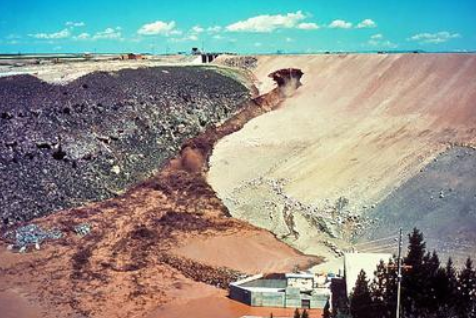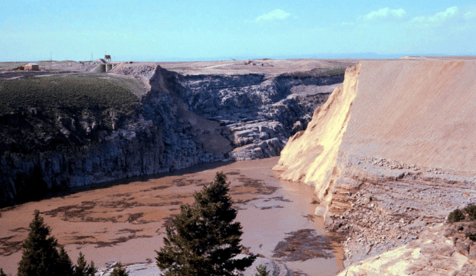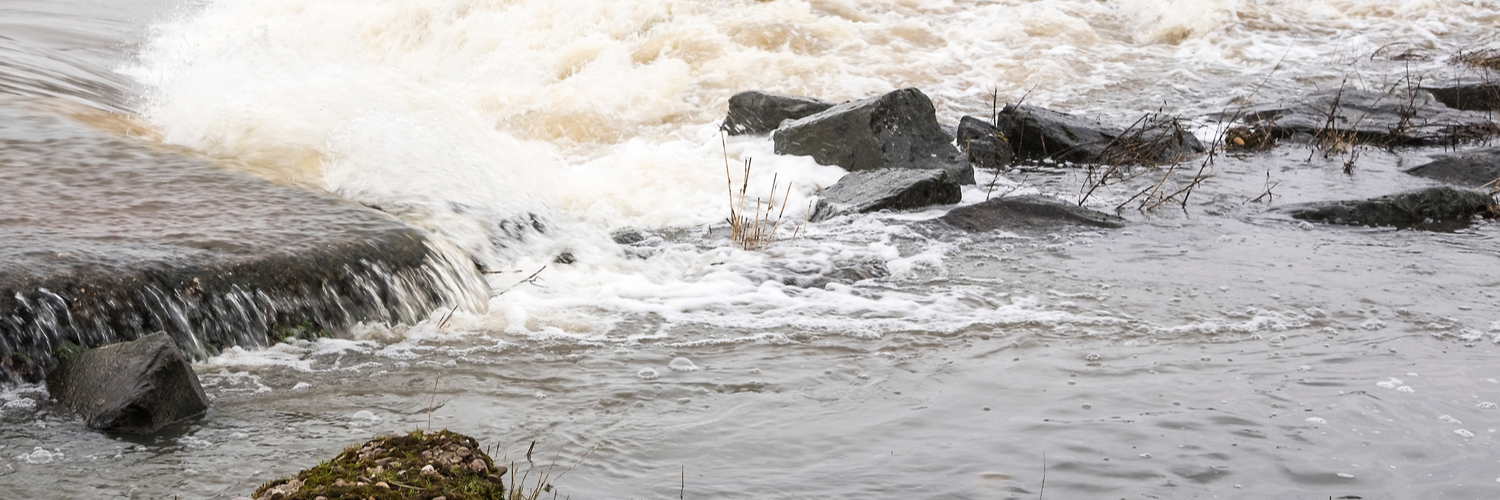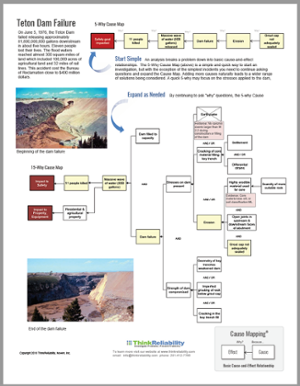On June 5, 1976, workers were called to the downstream face of the Teton Dam on the Teton River in Idaho to attempt to repair a leak. Workers in bulldozers narrowly avoided being sucked into the dam with their equipment and watched helplessly as the dam was breached. The wave of water and debris killed 11 people and caused hundreds of millions of dollars in property and environmental damage. To examine what went wrong, we created a Cause Mapping or root cause analysis example.
The Cause Mapping process begins by determining the impacts to an organization's goals. Although many goals were impacted by the dam failure, we are going to focus on the safety and property/equipment goals.
Impact to each GOAL:

Eleven people were killed, and residential and agricultural property was damaged due to the massive wave of water and debris moving downstream after the Teton Dam was breached. The reservoir was almost filled, resulting in approximately 80 billion gallons of water being released through the dam in about 5 hours.

Figure 1. Beginning of Teton Dam breach (Photo credit: https://en.wikipedia.org/wiki/Teton_Dam)

Figure 2. After the Teton Dam breach (Photo credit: https://goidaho.com/teton-dam-flood/)
Stresses and strength of the Teton Dam
The report to the U.S. Department of the Interior and State of Idaho on Failure of Teton Dam determined that the dam failed due to less than ideal geological conditions of the site (which was picked because there were no "good" sites available), unequal stress distribution and inadequate fill material (which was used from the site) which led to reduced strength. Susceptible materials and seepage from leaks in the embankment caused by joints that were not resistant to water pressure due to inadequate testing, and inadequate protection from water due to an over-reliance on an ineffective curtain intended to stop flow, led to the erosion.
Warning signs were ignored
Many geologists had predicted problems with the dam before it was built. Specifically, in his book Normal Accidents, Charles Perrow states "The Bureau ignored its own data that rocks in the area were full of fissures, and in addition they filled the dam too fast . . . All it takes to bring a dam down is one crack, if that crack wets the soil within the interior portions of the dam, turning it into a quagmire."
Lessons learned
Although tragic, and expensive, the failure of the Teton Dam did lead to many reforms in the Bureau of Reclamation, who is responsible for dam safety. Detailed geological studies performed to determine the causes of the dam failure also provided additional insight to the strength provided by various types of earth, erosion and seepage. This incident also highlights the importance of external peer reviews of construction designs, adhering to the construction schedule, addition of a secondary defenses to prevent seepage, and continuous monitoring during dam construction and filling. With hindsight, one can see that many warning signs were present, but not further investigated.
To learn more about the Teton Dam failure check out this YouTube video made by the History Channel or visit the Bureau of Reclamation’s website Teton Dam History.
Conclusion
Within any investigation, don’t get distracted by the problem solving technique or software. Focus on the principles first. Keep it simple because your incidents may be complex. Review some of the root cause analysis examples on our website and let us know how we can help you with one of your incidents. We can review one of your issues for you to compare what you’re doing now with what a complete cause-and-effect analysis looks like. Contact our office for assistance.
Additional resources:















